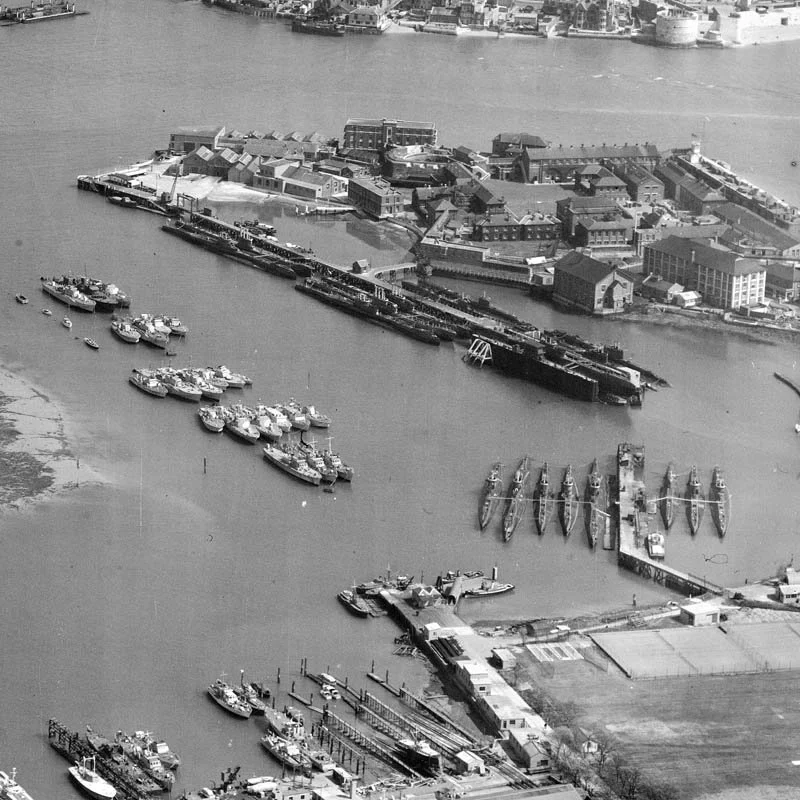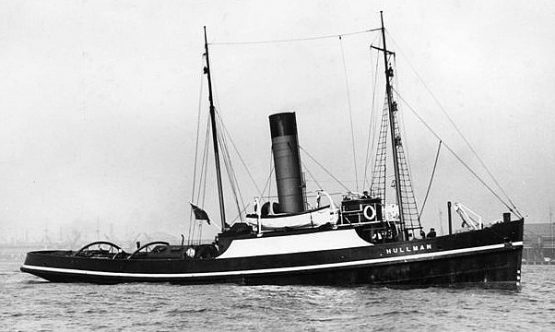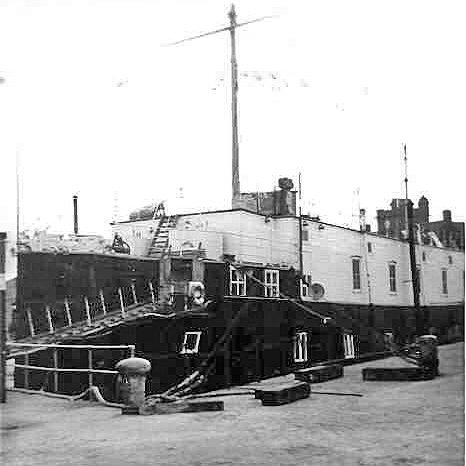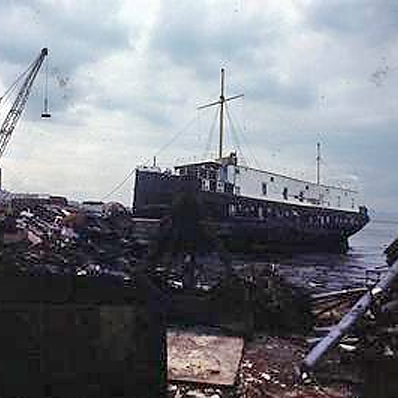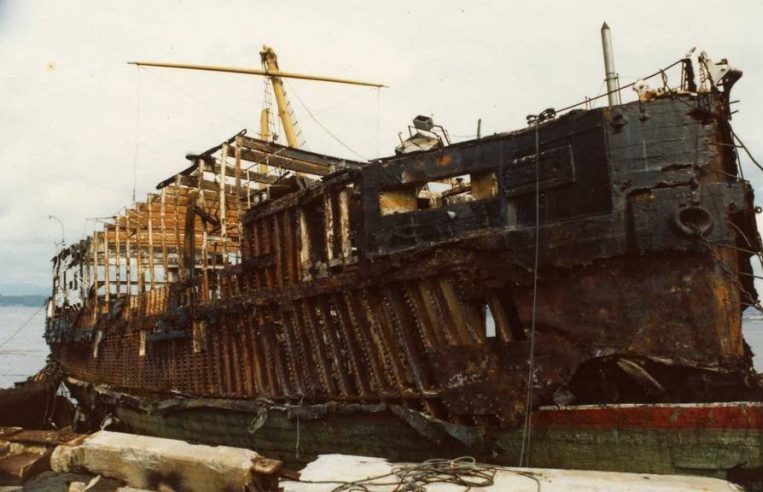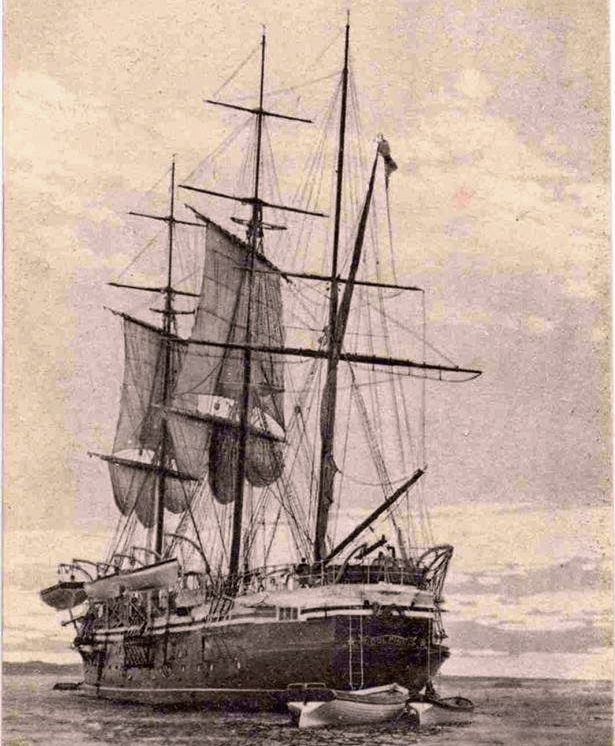I have wonderful memories of my dad taking me to The Dolphin as a young boy during holidays or when there were no cadets on board. I vividly remember the tarry, ropey, oily smell mixed with the aroma of the cook’s freshly baked rolls and bread. There were model ships, a ship’s wheel, bells, ropes, pulleys and plenty of other things that kept me occupied while dad did whatever he needed to do.
I have been intrigued by the origins of TS Dolphin. Dad thought she was initially a gunboat used to deter slave ships towards the end of the 18th Century, so I did some research.
TS Dolphin was originally called HMS Dolphin, one of fifteen ships to bear that name. She was a “Composite Screw Sloops” – a wooden hull over an iron frame. A three-masted barque with an auxiliary 2-cylinder 720hp “back-acting” steam engine, driving a single screw propeller, giving a maximum speed of 11.3 knots under power. Forty-seven metres in length (157 feet), a beam of 9.75m (32 feet), a draft of 4.26m (14 feet), and a displacement of 925 tonnes. She was armed with a variety of guns.
- Breach-loading, six-inch guns (designed by Robert Samuel Fraser of Woolwich Arsenal)
- Breach-loading five-inch guns
- Two-barrelled Nordenfelt anti-torpedo boat guns
- 11.43 Gardner guns
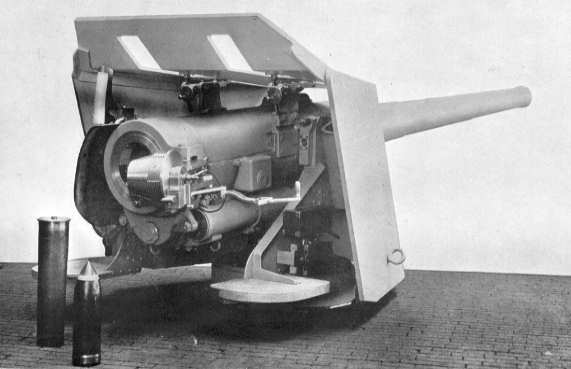
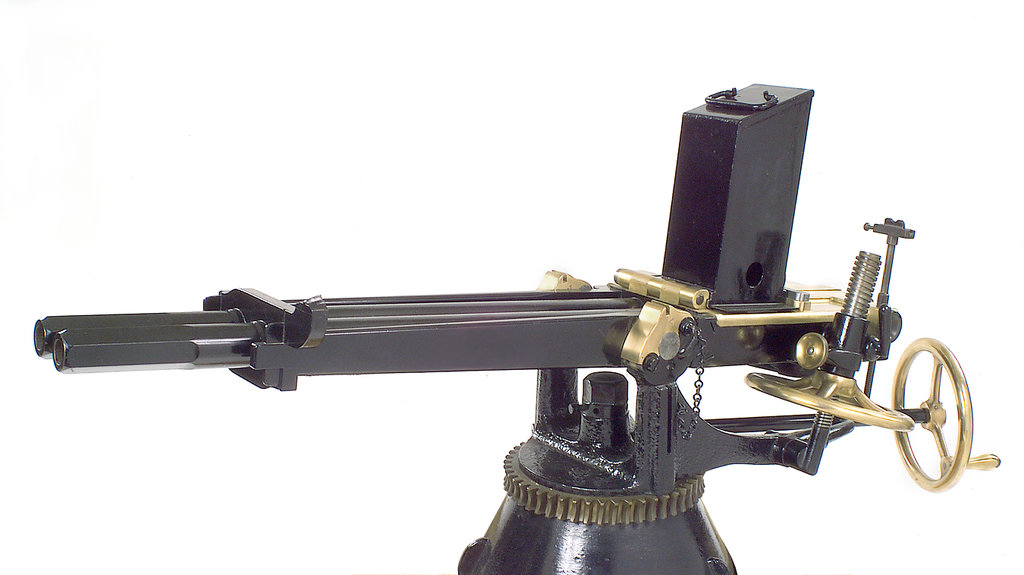
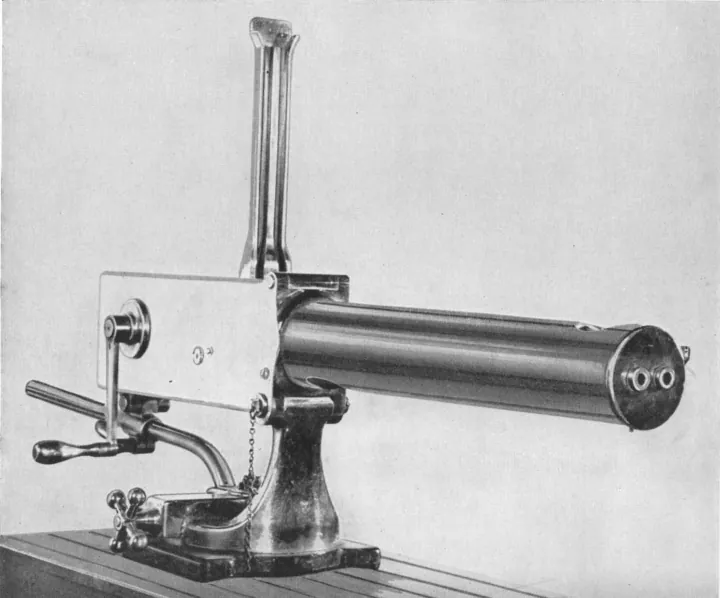
HMS Dolphin was designed by Nathaniel Barnaby. She was laid down in 1881 at Cleveland Dockyard (Sir Raylton Dixon & Co), Middlesbrough. The hull was planked with four-inch mahogany covered by a two-inch layer of teak, with the hull up to the water line, sheathed with heavy gauge copper. The main deck forward was ten inches thick, and the ship was reinforced with cast iron, both fore and aft, ready to accommodate the large-calibre guns. HMS Dolphin was launched on the 9th of December 1882 and was commissioned in 1884 at Sheerness with a complement of 115. Her sister ship, HMS Wanderer, was built in the same yard and launched on the 8th of February 1883. In 1885, she was attached to the Mediterranean Squadron until the end of the 19th Century.
In 1885, members of her crew formed a naval brigade at Suakin in Sudan. They fought in the Battle of Torfek on the 22nd of March 1885, an engagement that narrowly avoided becoming a military disaster. Lieutenant Montague H M Seymour and five of the ship’s company were killed in action when one of the Gardner Guns was overrun.
Between 1888 and 1896, when she was “paid off” at Sheerness, she saw service in Egypt, India, and Australia and dealt with the remnants of the slave trade. On the 21st of January 1893, under the command of Admiral Christopher Craddock, HMS Dolphin rescued the crew of the Brazilian Navy corvette, “Almirante Barroso”, which had wrecked on the coast of the Red Sea near Ras Zeith. Coincidentally, Barroso was launched in the same year as HMS Dolphin.

